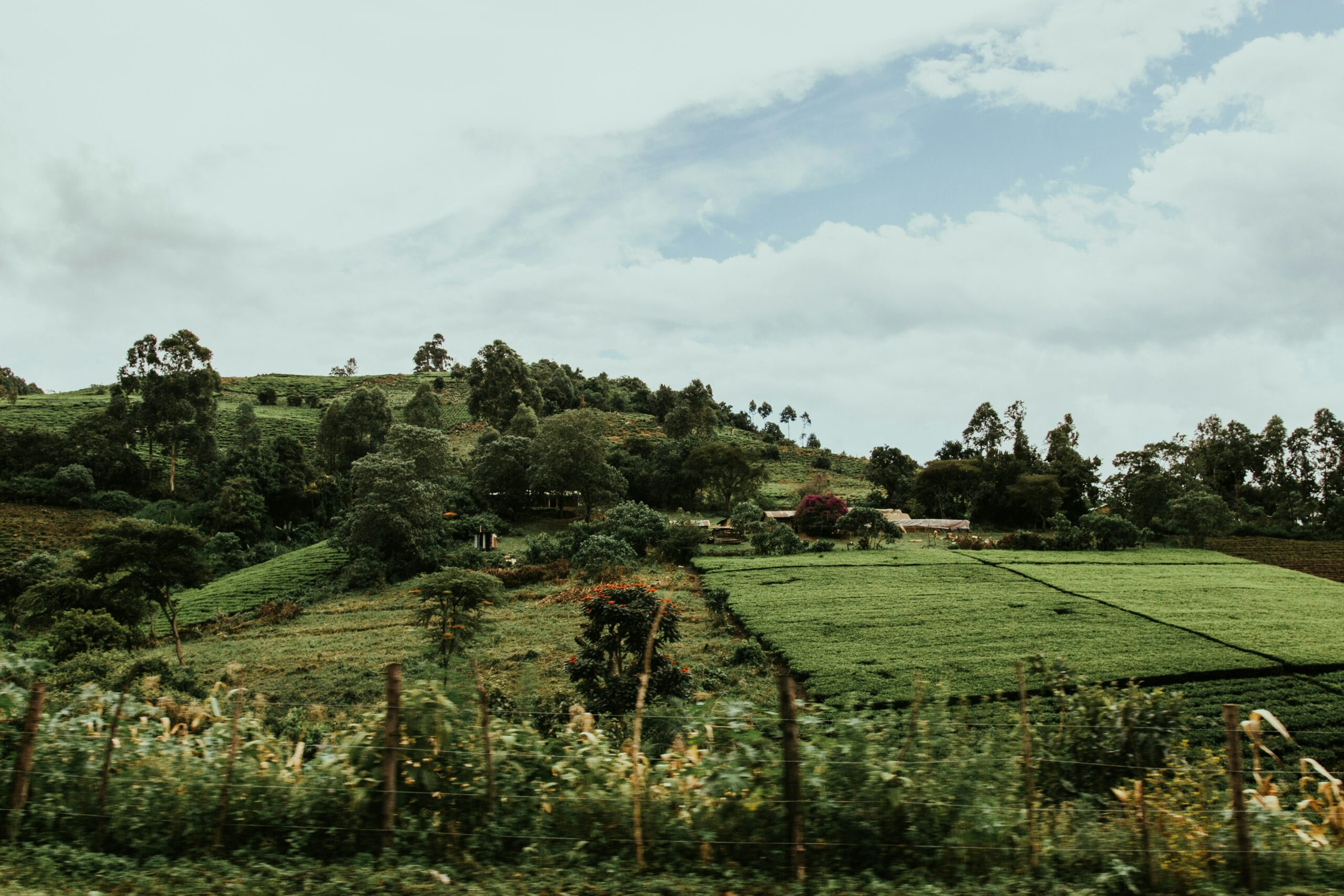Your cart is currently empty!
Hidden Costs Wilt Floral Industry’s Global Beauty

NAIROBI, KENYA – The global cut-flower industry, a marvel of logistics that moves billions of blooms annually from the rose plantations of Ecuador to the tulip fields of the Netherlands, masks an alarming environmental and ethical footprint. Behind the aesthetically perfect display of global commerce lies a complex network of factors including severe water depletion, extensive chemical use, challenging labor practices, and significant carbon emissions, raising fundamental questions about the industry’s long-term sustainability.
The economic engine of global floriculture—estimated in the tens of billions of dollars—relies heavily on large-scale production in regions like Kenya’s Rift Valley and Colombia’s Andean valleys. However, the perishable nature of the product and the demand for year-round availability intensify pressures on developing regions and the planet’s resources.
Water Scarcity Strains Arid Regions
The world’s most popular flowers—including roses, lilies, and orchids—are notoriously water-intensive crops, often requiring hundreds of liters of water for every kilogram of bloom produced. In arid and semi-arid zones, where many flower farms are concentrated, this demand creates direct competition with local communities for vital resources.
The environmental stress is immediate. In parts of Kenya and Ecuador, heavy reliance on aquifers and rivers for irrigation has led to measurable declines in water tables and the drying of critical wetlands. For instance, a single rose flown from Kenya to Europe can represent over 70 liters of local water usage. While some high-tech operations in the Netherlands mitigate this through energy-intensive desalination, localized water extraction in the global south frequently contributes to intermittent water shortages for nearby villagers, amplifying climate-related vulnerabilities.
Chemical Cocktail Threatens Health and Ecosystems
To maintain the necessary uniformity and flawlessness demanded by international markets, growers routinely use high volumes of synthetic fertilizers and pesticides. This chemical reliance exacts a severe environmental and human toll, especially in countries lacking strict labor and environmental safeguards.
Farmworkers, predominantly women, frequently report chronic exposure to toxic substances due to inadequate protective gear, leading to documented cases of neurological and respiratory disorders.
Ecologically, the fallout is significant. The overuse of insecticides, particularly neonicotinoids, has been linked to declines in crucial pollinator populations like bees and butterflies. Furthermore, fertilizer runoff often contaminates local waterways, accelerating eutrophication and creating “dead zones” in rivers and lakes devoid of aquatic life, fundamentally disrupting soil health and biodiversity.
The Carbon Cost of Long-Distance Romance
The demand for fresh flowers globally necessitates rapid, refrigerated, long-distance transport, making the industry a significant contributor to global carbon emissions. Because flowers are highly perishable, they are frequently shipped by air. This logistical necessity carries a heavy climate price tag: a kilogram of air-freighted flowers can generate up to four kilograms of CO₂ emissions.
Beyond transportation, production methods contribute heavily. Climate control in Northern Hemisphere greenhouses requires massive amounts of energy for heating and lighting, often powered by fossil fuels such as natural gas, further increasing the sector’s carbon footprint. This quest for perfection and availability overrides local sourcing, accelerating global heating.
Ethical Imperatives for a Fairer Bloom
The flower industry is highly labor-intensive, yet many workers face precarious conditions characterized by low wages, high-demand quotas, and limited job security. Despite certification efforts like the Florverde program in Colombia aimed at improving working conditions and ensuring fair wages, the majority of flowers are produced under circumstances that prioritize efficiency over worker welfare. The workforce, largely female, often confronts wage disparity and limited career advancement, highlighting pervasive gender equity risks.
The drive for aesthetic perfection also drives substantial waste. Unsold blooms and the ubiquitous plastic packaging contribute to non-biodegradable waste streams, with floral foam—widely used in arrangements—leaching toxic compounds into the environment.
Strategies for a Sustainable Future
Experts and pioneering farms are championing holistic shifts toward genuine sustainability. These include:
- Water Efficiency: Implementing drip irrigation and recirculating water systems.
- Integrated Pest Management (IPM): Minimizing chemical use by employing biological controls and natural predators.
- Ethical Sourcing: Ensuring fair wages, healthcare access, and proper safety equipment for all workers.
- Consumer Shift: Encouraging the support of local florists, accepting naturally imperfect blooms, and choosing farms implementing certified sustainable practices.
The beauty symbolized by a bouquet should not obscure its origins. Ensuring that the act of gifting flowers is also an act of ecological and ethical mindfulness requires that consumers, retailers, and policymakers prioritize planet and people alongside profit. The challenge for the industry remains clear: to align its commercial success with the imperatives of ecosystem preservation and human dignity.